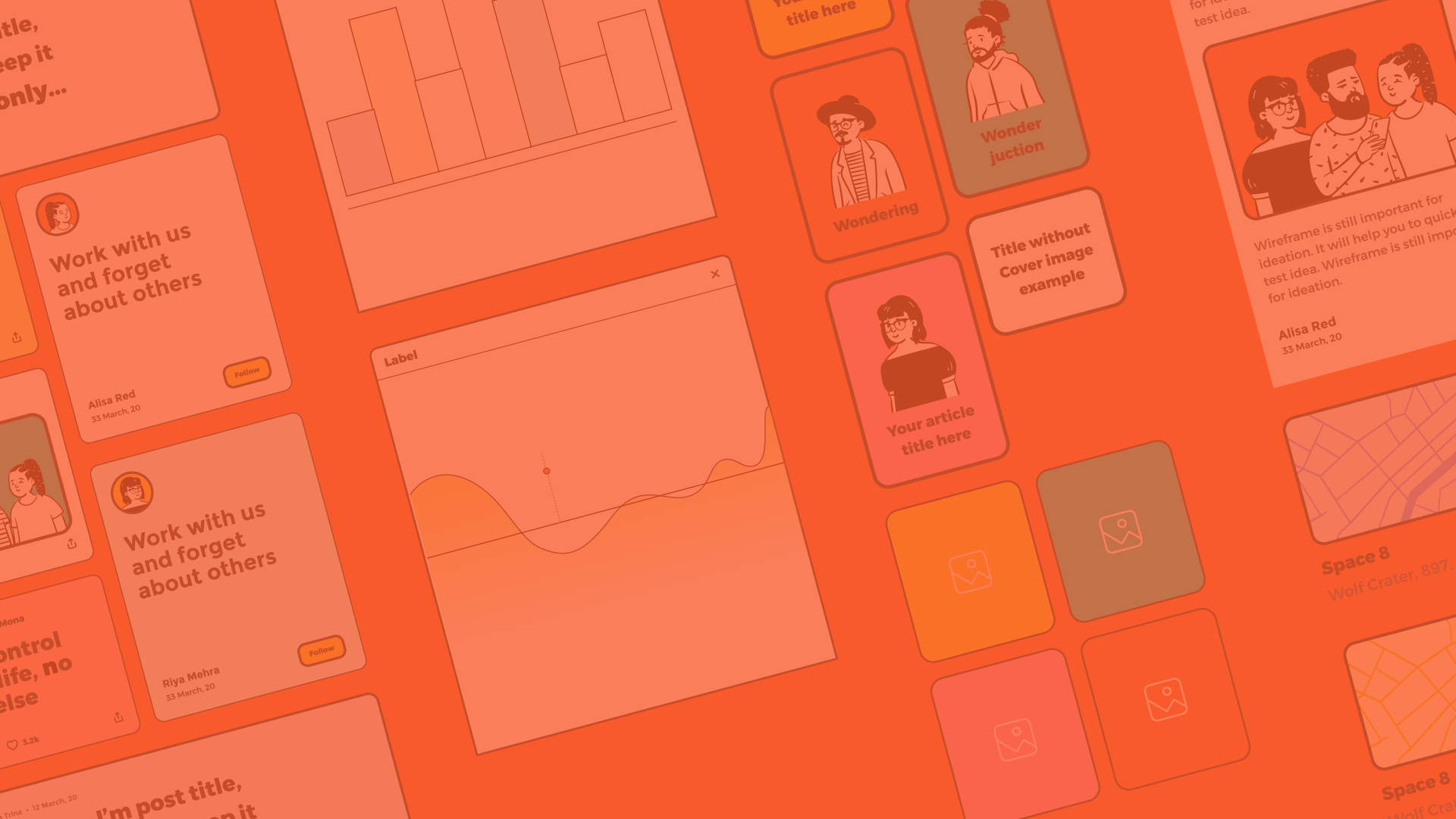What is Omnichannel Marketing? (+ 7 Best Practices)
Every marketing department wants to provide its leads and customers with a consistent omnichannel experience. The term ‘omnichannel’ is a relatively new one that gets thrown around by marketing professionals quite often. As a result, there can be a lot of confusion surrounding what exactly it means to have an omnichannel marketing strategy.
Throughout this post, we’ll aim to define omnichannel marketing and discuss some best practices for delivering a highly effective omnichannel customer experience.
Omnichannel Marketing Definition
An omnichannel marketing approach means providing your customers with a completely seamless experience from the very first touchpoint to the last. This means that, regardless of the channel your customer is using, each interaction should feel like a continuation of the previous one, with every channel working together to create a unified and consistent brand message.
Omnichannel vs. Multichannel: What’s the difference?
You might be thinking, “I already use a number of different marketing channels, so my strategy must already be omnichannel?”
Well, the answer lies within how you are using these channels. If you are simply using multiple marketing channels but these exist totally separate from each other, with their own goals and objectives and messaging that works for the vast majority but isn’t relevant to each individual customer, then what you have is a multichannel marketing strategy.
This means that no matter how many interactions a customer has had with your mobile app, for example, if they were to visit your website for the first time they would be treated as a brand new customer. The problem you’re facing is due to the lack of integration amongst your channels, which creates an impersonal and confusing experience that often leaves customers feeling frustrated.
With an omnichannel strategy, you can provide your customers with the most personalised experience possible, ensuring that your brand’s messages can adapt to their individual needs across all channels, and be based on their stage in the customer journey - not solely based on what channel they are currently using.
In the words of John Bowden, Senior VP of Customer Care at Time Warner Cable:
7 Omnichannel Best Practices
Now that you understand what it means to be omnichannel, let’s take a look at our 7 best practices for adopting a truly omnichannel marketing strategy:
-
Map out your customer journey
With an omnichannel marketing strategy in place of a multichannel one, any communications should be less about you and more about your customer. The best place to start to ensure you have created an omnichannel strategy that truly puts your customer first is to take a good look at their customer journey and assess the different touchpoints they might come into contact with before converting. Map out a few different versions of how that journey might look for multiple different personas and see if you can establish any pain points that may occur along the way. The most important thing is to ensure that, no matter the channel, each touchpoint provides a smooth and consistent customer experience.
Source: Aspect Software
-
Have in-depth knowledge of your customers
Knowing your customers inside and out is the key to providing an omnichannel experience. By having an in-depth understanding of their wants, needs, behaviours, demographics, goals and challenges you’ll be in the best position to provide them with the most tailored customer journey possible. With the right tools, you will be able to access this sort of data first-hand but it can be beneficial to ask directly for customer feedback too, so don’t be afraid to organise a good old fashion focus group or send out a survey via email.
-
Enhance your customer segmentation
Having all of this in-depth knowledge of your customers will enable you to build very rich customer segments. With proper market segmentation, you can group contacts based on their shared characteristics, enabling you to tailor the content each segment receives and enhance their customer journey as a result.
There are several ways to segment your customers, and this will be dependent on the goals of your business, but here are a few behavioural examples to get you started:
- Contacts who visited a particular website page
- Contacts who have subscribed to your newsletter
- Contacts who purchased a particular product
- Contacts who have signed up but not made a purchase
- Contacts who haven’t purchased in over 6 months
Source: Accenture
-
A fully integrated marketing technology stack
One of the biggest challenges for businesses in adopting a truly omnichannel marketing strategy is data. An omnichannel strategy can’t exist without data, but, with so much of it available to marketers, it is the inability to access it as a whole and use it in an impactful way that poses a huge challenge.
This challenge often stems from the number of tools being used regularly by marketing teams. For example, CRMs, email marketing tools, automation platforms, content management systems, social media management tools, payments platforms and data analytics tools.
Each one of these systems holds an abundance of customer data but lacks the ability to view it all together as a whole, so the marketer is missing out on the complete customer picture. This is what is known as a data silo.
With the right data integration tool, such as Hurree, marketers can connect the siloed data trapped within their marketing stack. By unifying their customer data they can build robust segments and activate omnichannel marketing campaigns based on customer behaviour across all channels and devices.
-
Create behavioural-related content
The more relevant your messaging is to the previous actions taken by your customers, the more personally they will feel spoken to, which ultimately helps drive higher engagement, loyalty and revenue.
Take some of the customer segment examples from earlier. Each one of these segments will require different messaging. For the audience segment who purchased a particular product, you might be able to recommend something else that compliments it nicely. Or for past customers that haven’t made a purchase in 6 months, you could send them a discount along with a relevant message to help encourage repeat purchasing.
-
Get personal
You may have hundreds, even thousands, of consumers that you interact with on a daily basis, but the ability to provide a personalised experience for each-and-every one is still a requirement for your omnichannel strategy. Your consumers want to be made feel like they are the one and only person that you are driving your marketing efforts towards - of course, that’s far from the truth, but with the right automation tools you can certainly make it feel that way.
Personalisation goes beyond just knowing the names of your customers and prospects. It also includes knowing the channels they interact with most and the times of the day that they are more likely to take the desired action on a particular marketing message. You want to strike while the iron’s hot. Sending an email containing the most relevant information, tailored specifically to their likes and dislikes at 9 am when they’ve just started their day in the office isn’t going to get the best engagement rate.
Remember that an omnichannel marketing strategy is only effective if each customer touchpoint remains unique across all channels. Sending the same content at the same time out via email, push notification, web notification and as a Facebook ad does not count as an omnichannel experience. Your customer expects fresh, consistent messaging, that is in line with their current stage in the customer journey, across each channel they interact with you on.
Source: Google Research
-
Measure success
Measure, measure and keep measuring.
I’m sure that we say it in most of our best practices blogs, but there really is no better way to know what’s going to work and what’s not than to try it, measure it and make adjustments along the way. With the right tools at hand, you can quickly and easily keep tabs on the metrics of each channel, report your successes and failures, and derive any actionable insights that could add value to your omnichannel approach.
Hurree's Workflow Performance Screen
Conclusion
Shifting to an omnichannel marketing strategy can be a challenging task, and it won’t just happen with a click of your fingers. It will require a well thought out plan of action and plenty of patience and creativity. Despite the hard work, it is an endeavour that will almost certainly pay off, and you will come out the other side with a customer journey that meets and exceeds consumer expectations like never before.
Book a free demo today and see how Hurree can help you transform your company reporting to improve your sales and marketing output 💌 Don't hesitate to get in touch via contact@hurree.co if you have any inquiries - we’re happy to chat!
Share this
You May Also Like
These Related Stories

How to Build the Perfect Customer Retention Campaign

How To Build The Perfect Onboarding Campaign


